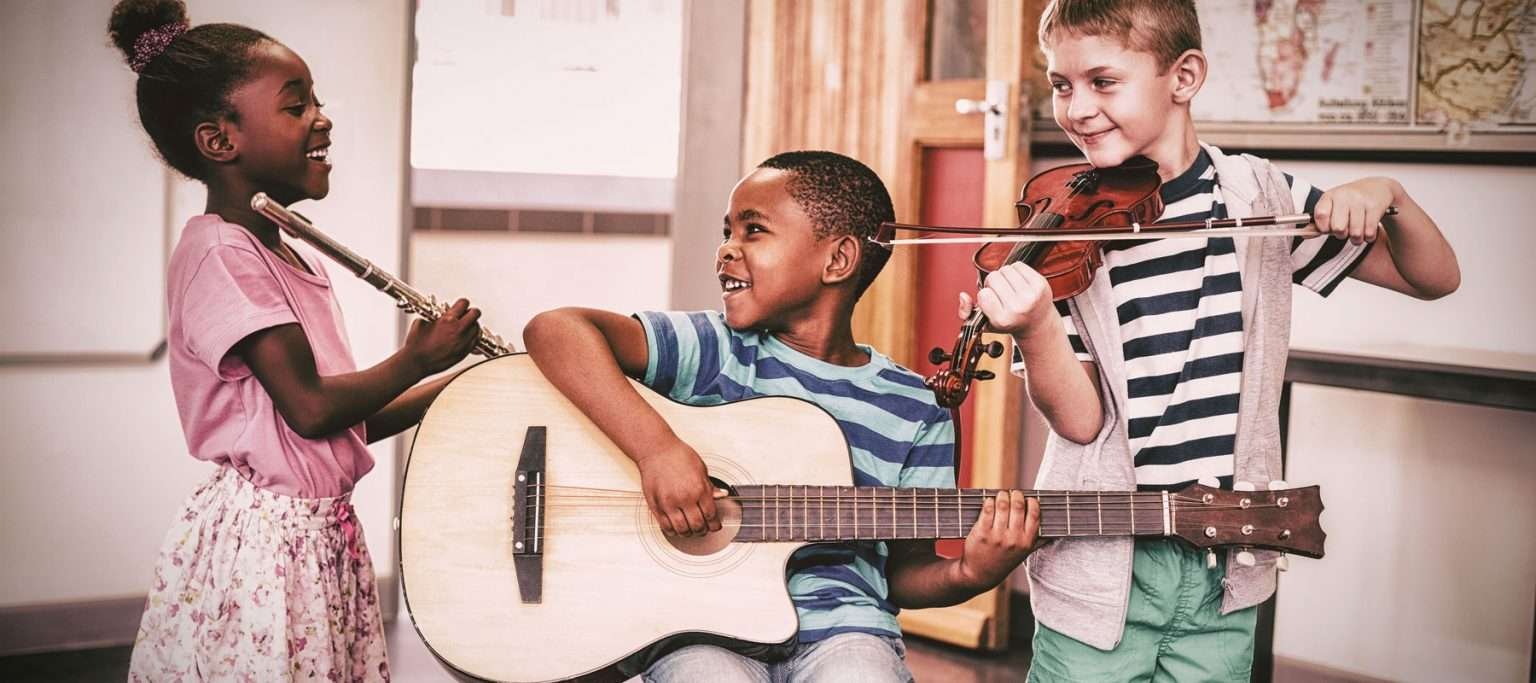For beginners and children who aren’t familiar with theory yet, letting them compose their own music is a fun activity. This way, you can keep them engaged while encouraging them to be creative.
Start this activity by creating a simple written code for various sounds, like a star for clapping the hands. You can also use other shapes and symbols to refer to other sounds. Write this code on the board for the whole class or on a paper for your student if it’s a one-on-one lesson.
Before letting them do the activity, compose a short piece using the notation system first to give them an example. After that, ask your students to read what you’ve written, then play it. Next, ask them to compose a short piece using this notation system.
This game is not only fun, but it’s another way to show that music can be notated in different ways. It also helps in studying various forms of music notations in other parts of the world.
This game is ideal for high school students who can read and write staff notation. Start this activity by dividing the class into teams, and ask each group to line up. Each team should have eight to ten students.
On a piece of paper, write a rhythm. Ask each member at the end of each team’s line to come forward and show them what you’ve written. Be sure that no one else in the class will see this.
Then, instruct them to return to the back of their respective lines. Once you say “go”, the students should gently tap the rhythm on the shoulder of the one next in line.
The person whose shoulder is tapped will pass the information forward the same way it was provided to them. This process will continue until it reaches the person in front of the line.
Now, whoever is in front should come forward and either write or state the rhythm that you’ve written. The first group to notate the rhythm accurately wins the game.
This game is an alternative version of the popular game Chinese Whispers. It teaches the participants good communication, as well as staff notation and musical accuracy.





